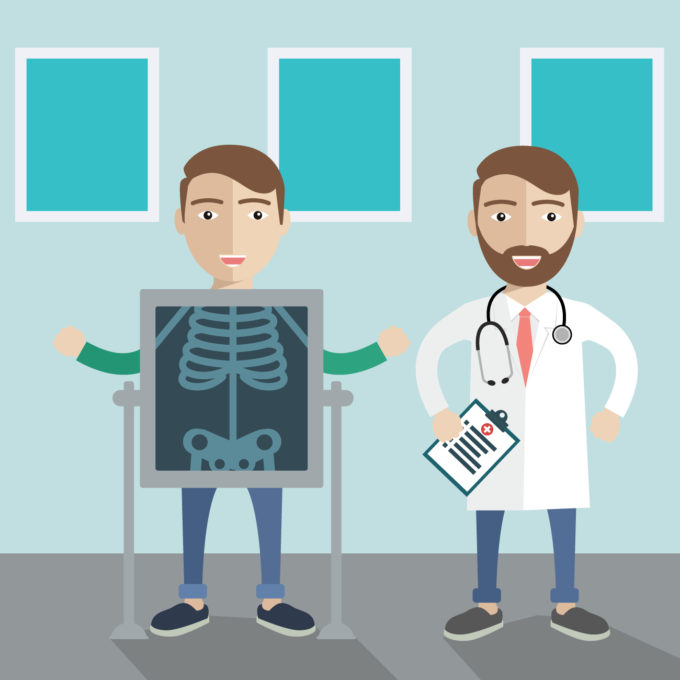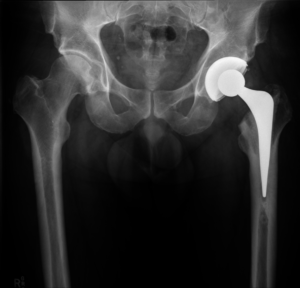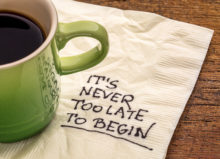Arthritis? Where did that come from?

Arthritis? Where did that Come From?
Hip and Knee Joint Replacement Therapy
Over the years I have helped many clients deal with the ravages of joint arthritis. It’s a common issue in my Vancouver clinic as a Registered Massage Therapist and Certified Rolfer. Arthritis is a condition that often results in joint replacement therapy, particularly in the hip and knee. I say ‘often’ because sometimes replacing a joint is avoidable. This depends on how much damage or viability remains in the joint itself, and how much resides in the soft tissue structures around the joint. Avoiding surgery, for as long as possible, is powerful motivating feature for many of my clients. Many of my clients who “follow the program”, believe that they have had more years of functional movement, with reduces arthritic discomfort, through a combination of the structural care that I offer and the incorporation of their own broadened self care approach.
When there has been an injury to a joint, especially a weight bearing joint such as a knee or hip, compensation and eventual arthritis are commonplace. How severe the injury, the rehab engaged in at the time, and how much time has passed all play a role in how the joint degenerates. Often, instead of a single significant injury to a joint, there are a series of lesser traumas. These build towards the breakdown of joint function and cause pain.

The pain that is experienced in an arthritic weight-bearing joint has a significant portion of its origin in the soft tissue surrounding the joint. Imbalanced function puts strain on ligaments and tendons causing inflammation. This, in turn, results in pain, stiffness and weakness. By manually freeing adhesions, promoting blood and lymph flow and relaxing tight and tired muscles much relief is provided.
Because of this pain and stiffness, it is common for mobility to be compromised and atrophy to set into the surrounding soft tissue. The resultant weakness and inactivity in the joint reduces the vitality of the whole area making surgery less successful.
Commonly, I hear clients exclaim in dismay “Arthritis? Where did that come from?”
When I describe the typical course of events leading to arthritis these clients maintain that they do not recall any specific, significant injury. This can be true! Compensation alone, with no injury can lead to the imbalance that causes arthritis. Or as stated above, the injuries were so slight as to seem insignificant.
It’s at this point where clients often despair as the common belief is that arthritis is a dooming and degenerative diagnosis. This, however, is frequently not the case. Even well after the fact, restorative bodywork and exercises can reverse quite advanced degeneration. Although boney changes to the joint itself is progressive over time, and consequently takes an equivalent time to repair, the pain and disability can be presenting from the soft tissue — tendons, muscles and ligaments — surrounding the joint. By treating these structures, which respond much quicker than changes to cartilage and bone, relief from pain and at return to function becomes possible.
As my clients regain greater function and their level of pain subsides, it is possible to engage in restorative exercises. Between manual therapies and exercise it is common to many that many arthritic maladies can be set on a course towards restored function. However, the deep-set abnormalities common in chronic arthritis do call for a joint replacement.
By the time we need a joint replacement there is compromised vitality in the area. This, coupled with the assault of surgery makes for a difficult situation, vis-a-vis recovering mobility and strength post-surgery. By preparing the joint and surrounding tissue before surgery, we bring much needed vitality to those tissues. This ensures restorative healing of long lost and forgotten youthful function.
Regardless of the state of degeneration that one suffers, a structural integrative approach and exercises that promote strength and flexibility will go a long way to lessen immediate pain. This applied approach prepares the joint and surrounding tissue for efficient acceptance of the new joint hardware and encourages restorative repair after an operation.
There is so much support that structural integration and exercise can provide as we are getting ourselves back on track. It is common, depending on the level of activity and tissue degradation, to have setbacks during this time. Providing consistent support reduces wait times and stagnation that prevent a timely return to full function.
No matter your current joint challenges, taking steps to bring activities back into your day-to-day which had been relegated to “what I used to do” will enliven, encourage and spark healing in all realms of your life.
_________
Barry Davison is a Registered Massage Therapist (RMT) and Certified Advanced Rolfer working in Vancouver, British Columbia.





